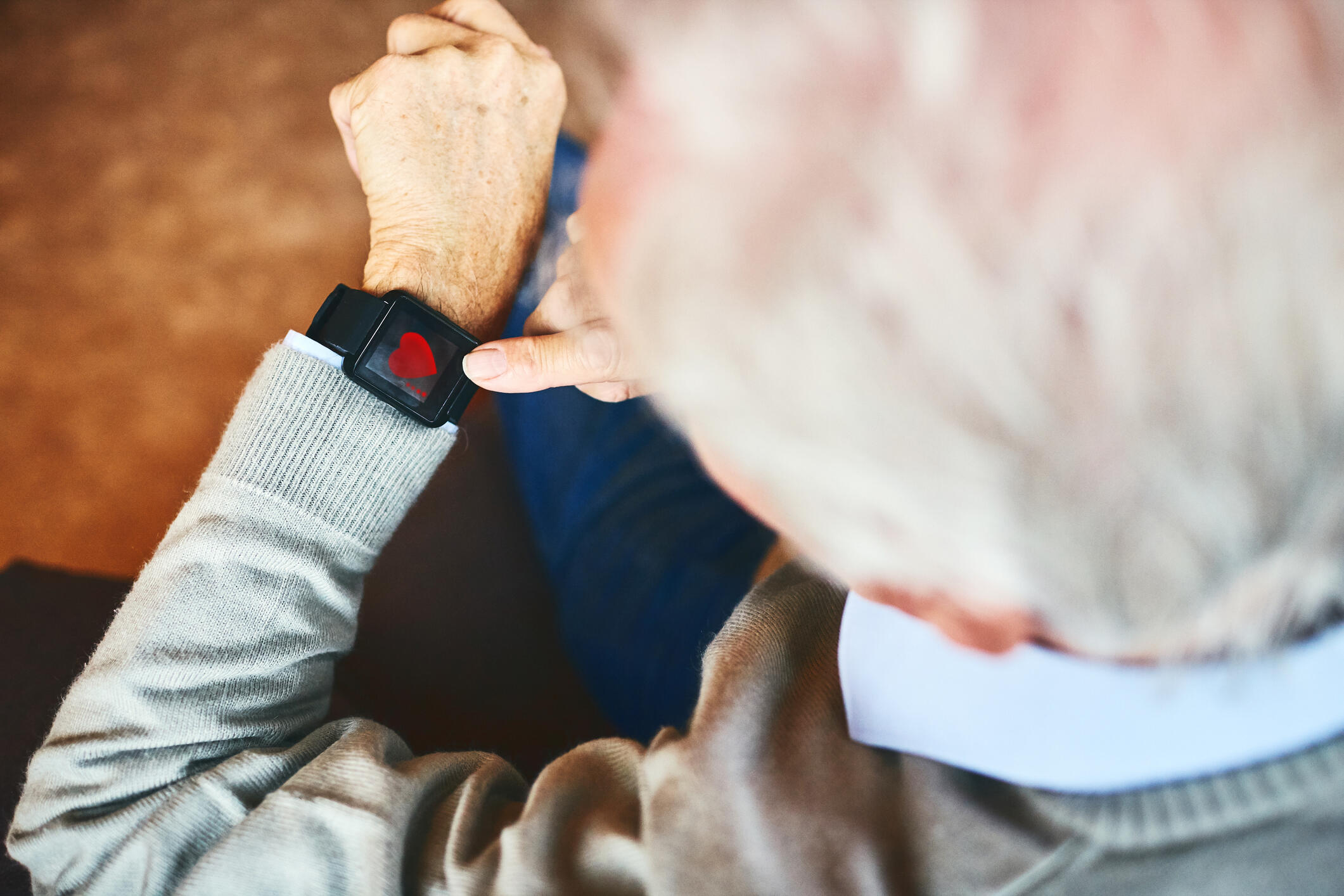
Jan. 10, 2024
VCU researchers awarded $3M to study early signs of dementia
Share this story
Identifying early stages of dementia is essential for slowing a person’s cognitive decline and reducing their loss of independence.
In the United States, almost 10% of adults ages 65 and older have dementia, while another 22% have mild cognitive impairment. More than 6.5 million older adults are estimated to have Alzheimer’s disease, and this number is expected to increase to 12.7 million by 2050.
National trends show that health care providers are diagnosing patients with Alzheimer’s disease and related dementia earlier in their condition. However, there are significant disparities across racial and ethnic minority groups, low-income families and medically underserved communities.
A study being pursued by Virginia Commonwealth University’s School of Nursing aims to identify the signs of cognitive decline in older adults through assessing whether a person’s mobility as they age can help predict dementia later in life. The project, which received a $3.1 million grant from the National Institutes of Health, will also engage medically vulnerable and underserved communities historically left out of biomedical research.
Physical clues for cognitive decline
A growing body of work shows that a person’s physical abilities start to decline years before the clinical symptoms of Alzheimer’s disease and other forms of dementia become apparent. Capturing these changes as early as possible could help health care providers intervene before further symptoms arise.

“We know that biological factors affect our physical function, our mobility, as well as our cognition as we age,” said Lana Sargent, Ph.D., the interim associate dean for practice and community engagement at the School of Nursing.?”This project may help us understand what specific changes in mobility are linked with the early phases of cognitive decline.”
Sargent is co-leading the study with Jane Chung, Ph.D., an associate professor in the School of Nursing’s Department of Family and Community Health Nursing.
“This project is really a combination of our different areas of expertise. Dr. Sargent’s research focuses on cognitive evaluation in community-dwelling older adults while I use sensor technology to assess mobility in aging populations,” Chung said.?“This is perhaps one of the first studies within the community-dwelling older adult population that aims to develop and validate sensitive, practical and ecologically acceptable digital indicators based on mobility. These indicators have the potential to serve as clinically relevant digital biomarkers of dementia.”
The researchers will assess whether physical activity data collected through wearable devices could be used to detect cognitive issues. The goal of the five-year project is to identify physical precursors for dementia among older adults.
“Currently, all of the biomarkers for detection or other dementia-diagnosing methods are very expensive, so not easily accessible to underserved populations,” Chung said. “Digitally measuring a person’s physical and cognitive function through wearable devices could potentially provide a more affordable solution for a larger population.”
Research with the community in mind

For this study, the researchers are recruiting individuals ages 65 or older with either clinically normal cognition or mild cognitive impairment. For seven days every six months, participants will be given a portable GPS tracker and a wrist-worn device called an actigraphy, which is similar to a watch with a fitness tracker. The tools are programmed to track data on a person's mobility and physical activity, such as the geographic area covered when mobile, time spent being active and the intensity of each activity. Through this technology, called Real-Life Activity and Life-Space Mobility Monitoring Solution (RAMS), the researchers can assess each participant’s physical function in their daily lives. They will then compare the collected data with cognitive assessment results.
“A person’s mobility in their home, neighborhood and town reflects their decision-making and ability to put complex tasks together. This gives us information about what is going on in their brain health,” Sargent said.
Additionally, the researchers will examine how different social health factors, such as social isolation and loneliness, impact the relationship between mobility and cognitive function.
The information collected through the initiative will help the researchers design community-based programs to support early detection of cognitive decline and provide effective interventions to change the trajectory of a patient’s condition as early as possible. The findings will also inform future research and development of the RAMS monitoring system to improve its recognition of physical biomarkers.
Another priority of this research is to involve communities who have historically been left out of biomedical research initiatives. The project is a part of the Institute for Inclusion, Inquiry and Innovation (iCubed) at VCU, where transdisciplinary teams of scholars come together to solve challenging problems that disproportionately impact urban populations. Through their partnership with the VCU Mobile Health and Wellness Program, which offers services to communities with limited resources and low access to the health system, the research team aims to enroll participants across different races, ethnicities and income levels.
“When we develop new health innovations, we need to make sure that it’s translatable, effective and accessible for all populations,” Sargent said.
“Minoritized and vulnerable populations have traditionally been excluded from research studies, especially research that is focused on technology and cognition in dementia. There's a big disparity in this field,” Chung added. “Because of the relationships we have built with our local communities over the last several years, we are in a unique position to help address this research gap.”
Subscribe to VCU News
Subscribe to VCU News at newsletter.vcu.edu and receive a selection of stories, videos, photos, news clips and event listings in your inbox.







